Business
Rs83bln projects identified under CPEC to modernize agriculture sector
Published
4 years agoon
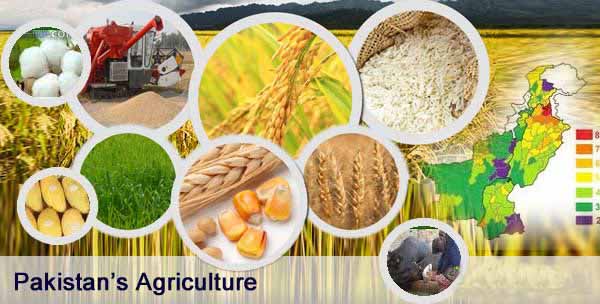
ISLAMABAD, May 19 (APP): As many as 18 projects worth around Rs83 billion have been identified in agriculture sector under the multi-billion dollar China-Pakistan Economic Corridor (CPEC) Project, with an aim to exploit its true potential and modernize it for the sustainable economic growth.
“Agriculture development is the main component of the second-phase of CPEC and both China and Pakistan are determined to exploit this sector for mutual benefit,” said Senior Joint Secretary and Spokesman of the Ministry of National Food Security and Research Javed Hammayun while talking to APP here Wednesday.
About twelve short, medium and long-term projects identified by the China-Pakistan Joint Working Groups (JWG) are related to Livestock Wing, Ministry of National Food SEcurty and Research (MNFS&R) and Livestock and Dairy Development Department, six projects are related to research and development to be executed b Pakistan Agricultural Research Council while one project has been identified for the establishment of Aquaculture Park in Costal Areas of Pakistan.
Giving break up details, Javed said, through these projects both the countries would cooperate in the areas of capacity building, germplasm resources, agriculture product processing and technology extension, he added.
The other identified projects included uplifting of local agriculture sector including fisheries, establishment of foot and mouth disease free zones, and market information as well as agricultural trade, he added.
Javed said that the short term projects would be completed in two years time whereas the and medium as well as long term projects would be completed in four to five years timeframe.
Besides, the two sides have also signed various agreements and protocols to facilitate cooperation in the areas of trade and research, he said adding that an MoU on Strengthening of Cooperation on Plant Pest and Disease Control was signed during the visit of the President to China in March, 2020.
During the said high level visit, Ministry of Planning and Development had also signed an MOU with its Chinese counterpart to bring the two Joint Working Groups (JWGs) including Agricultural Cooperation and Science Technology under CPEC, he added.
Javed Hammayun further informed that so far two meetings of JWG had taken place, adding that second Joint working Group (JWG) on Agricultural Cooperation was held via video.
Both sides agreed to establish the center for sustainable control of plants pest diseases in Pakistan (Karachi) for which Department of Plant Protection will be the lead Executing Agency.
He said that Pakistan and China had also agreed to conduct third meeting of JWG in 2021 in Beijing.
Apprising the progress made on different projects finalized by JWG, he said that Foot and Mouth Disease (FMDF) free zone in Bahawalpur Division was established by Punjab, adding that in this regard an updated technical matrix on establishment of FMD Free Zones proposed by Livestock and Dairy Development Department, Punjab had been shared with Chinese side along with invitation to Chinese experts for inspection.
Livestock Wing of Ministry of National Food Security and Research has provided requisite information on prescribed questionnaire for export of poultry products to China and invited Chinese technical team to visit Pakistan for inspection of poultry establishments, he added.
In order to promote bilateral collaboration in research and transfer of technology, Chines side had also expressed its consent for providing financial assistance for the establishment of Center of Excellence at National Agriculture Research Center on agriculture, livestock and fisheries.
Javed Hammayun further informed that Pakistan was keen to develop its research collaboration with Chinese institutions in order to enhance per-acre crop output of all major crop including wheat, rice, cotton and in this regard the other side has also agreed for providing technical and financial assistance for the establishment of center of excellence on Central Cotton Research Institute Multan, besides the establishment of intelligent green house farming in Pakistan.
The seven projects to be executed by PARC included promotion of cherry cultivation on commercial Scale in Gilgit-Baltistan for taping the export potential to China, adding that this project would be completed within five years with an estimated cost of Rs, 1,200 million, he added.
The Northern Areas of the country have enamors potential to produce dry fruits and recognizing the importance the JWG had also identified the project promotion and development of Pistachio in potential ecologies of Pakistan under CPEC initiatives and the estimated cost of initiative was calculated at Rs1,300 million and it would be completed within five years time period, he remarked.
Meanwhile, commenting on Pak-China collaboration in research and technology transfer, Member Plant Sciences in PARC Dr Ghulam Muhammad Ali said that the council had established National Institute for Geonomics and Advanced Bio-technology (NIGAB).
The NIGAB in collaboration with Chinese Academy of Agriculture Sciences had developed four high-yielding virus free banana verities, he said adding that new verities of potatoes were also developed which would have significant impact on local output of crop.
“We are also working with Chinese scientists for the development of long grain green super rice and high-yielding sugarcane and cotton verities and work on these crops were on advanced stage and it was expected that within a short span of time the verities of above mentioned crops would be available for local cultivation that would have revolutionary impact on agriculture sector in the country”, he added.
You may like
Business
Pakistan produced an incredible variety of ‘King of Fruits’
Fariyal Mir
Published
12 months agoon
May 28, 2024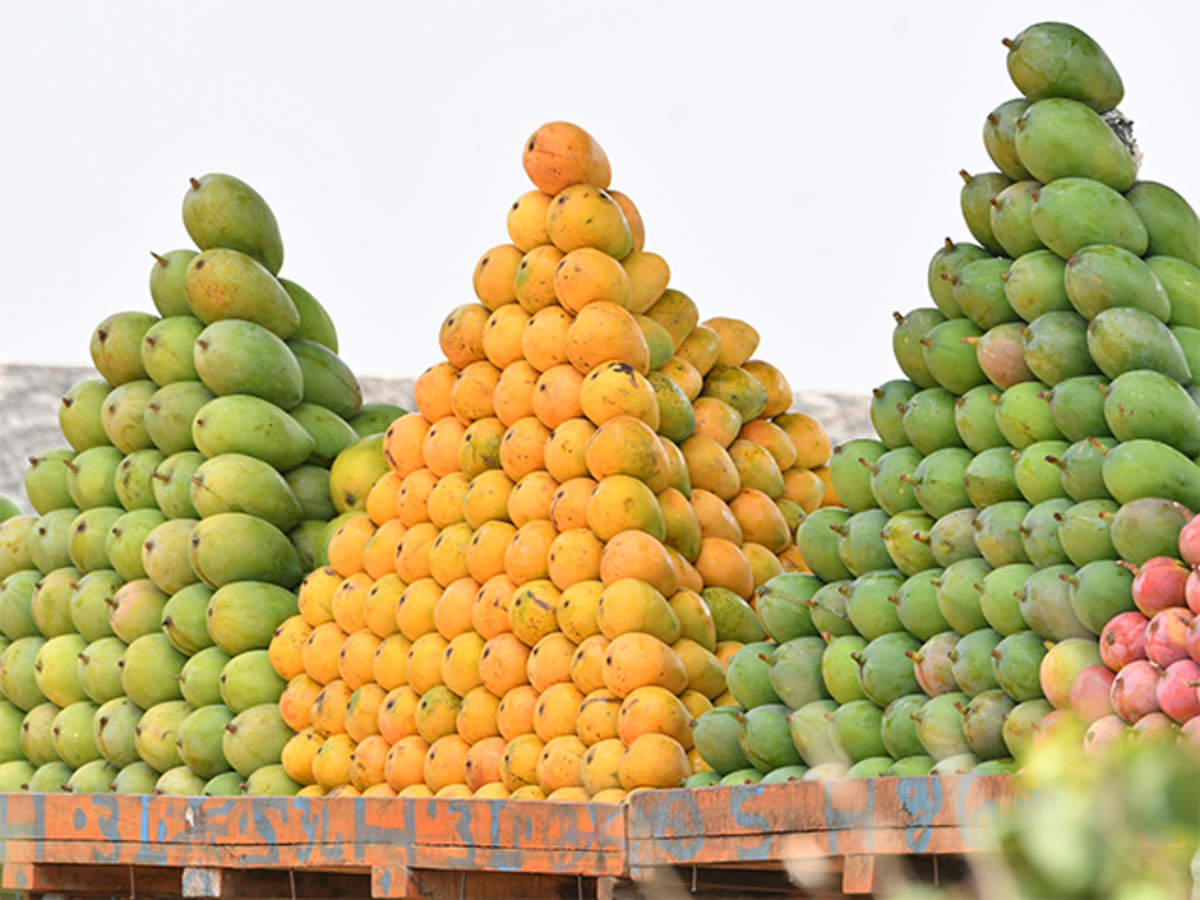
The fertile land of Pakistan produces an extensive number of Mangoes which is better called as ‘King of Fruit’. Pakistan exports Mangoes from corner to corner of the world. Mangoes are not just nationwide but worldwide favorite fruits. This tasty and nutritional fruit reaches the market in May and disappears till the last of September. Though Mangoes are grown in more than 90 nation-states yet Pakistan stands as the fourth number in the production of Mangoes. Moreover presently Pakistan produces more than 1.5 million tons of mangoes about which more than 5% is exported.
Surprisingly, there are more than 1200 kinds of mangoes in Pakistan but we know a few of them. Whereas, around 30 to 35 kinds of mangoes are produced on a profitable scale. Mangoes are the most awaited fruits and people wait passionately for summer to have the taste of the ‘King of Fruits’.
As I have mentioned that there is an abundant number of mangoes kind but here we will discuss a few of them. Some of the most famous and tasty variety of mangoes are given below:
SINDHRI
This variety of mango is highly produced in Sindh. It is oval in shape, large in size, and lemon yellow. It tastes sweet and smells pleasant.

CHAUNSA
Chaunsa is the best variety of mango produced by Pakistan. It is the most mouth-watering type of mango which is delightful and full of juice. It also contains merely the smallest of fiber. This variety is out in the market in the summer.
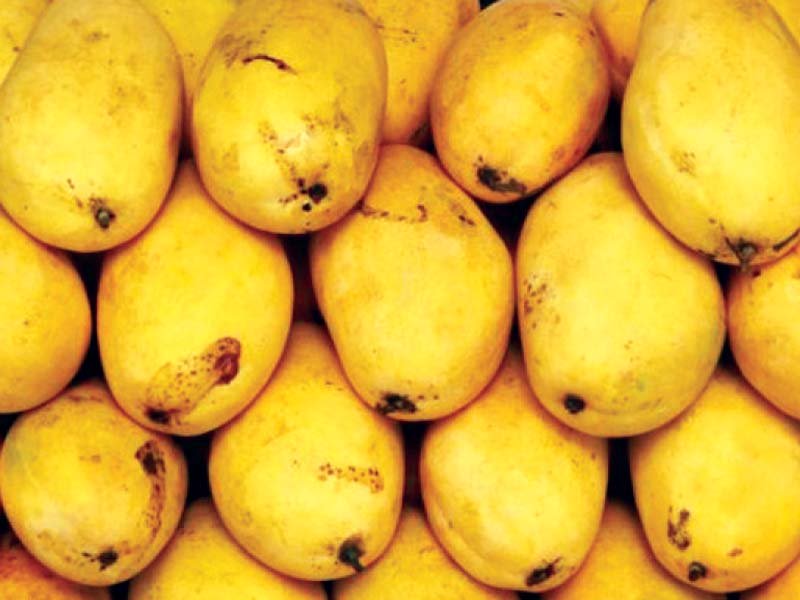
RED KIND ALSO KNOWN AS LAL BADSHAH
This variety of mango is the unique one. It is assumed to be a creamy mango with a small red color. It has an asymmetrical figure with moderately fixed skin.
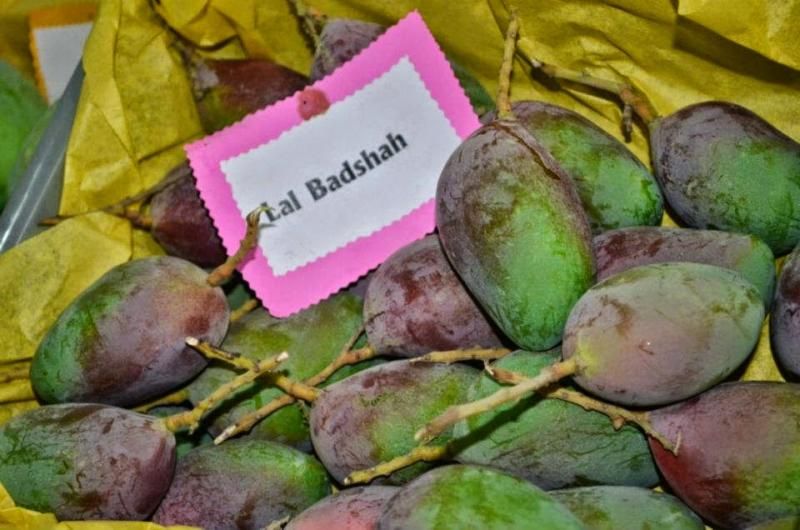
ANWAR RATOL
Anwar Ratol is another mouthwatering variety of mangoes that arrives on the market from July to August. This kind of mango is best for making ice cream.
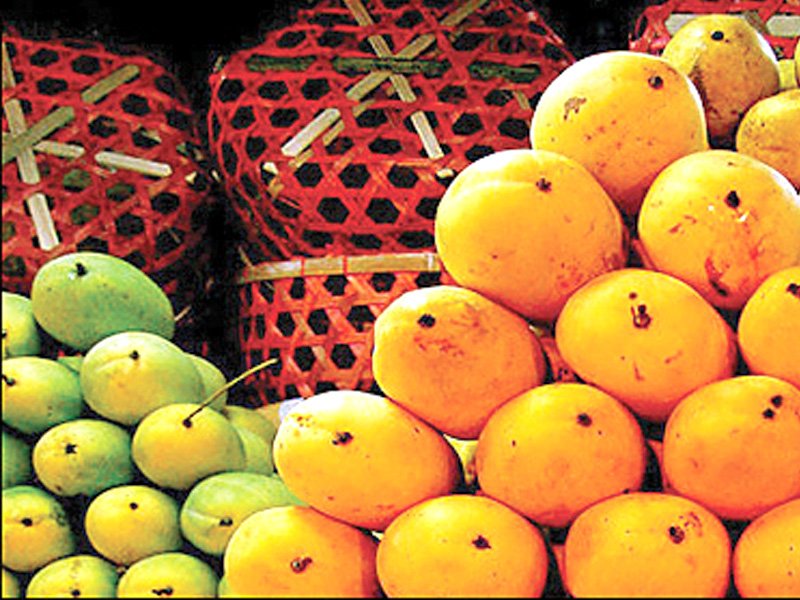
SUNEHRA
This variety of mango is oval in shape dark green in color until ripens. It is full of juice with heavy paste. This delicious variety comes around July and goes back till August.

LANGRA
This variety of mango is highly demanded in Europe in addition to Canada. Because it is a fibreless kind of fruit with fatty flesh. It is a little oval in shape and yellowish-brown in color. This kind remains in the market for two months.
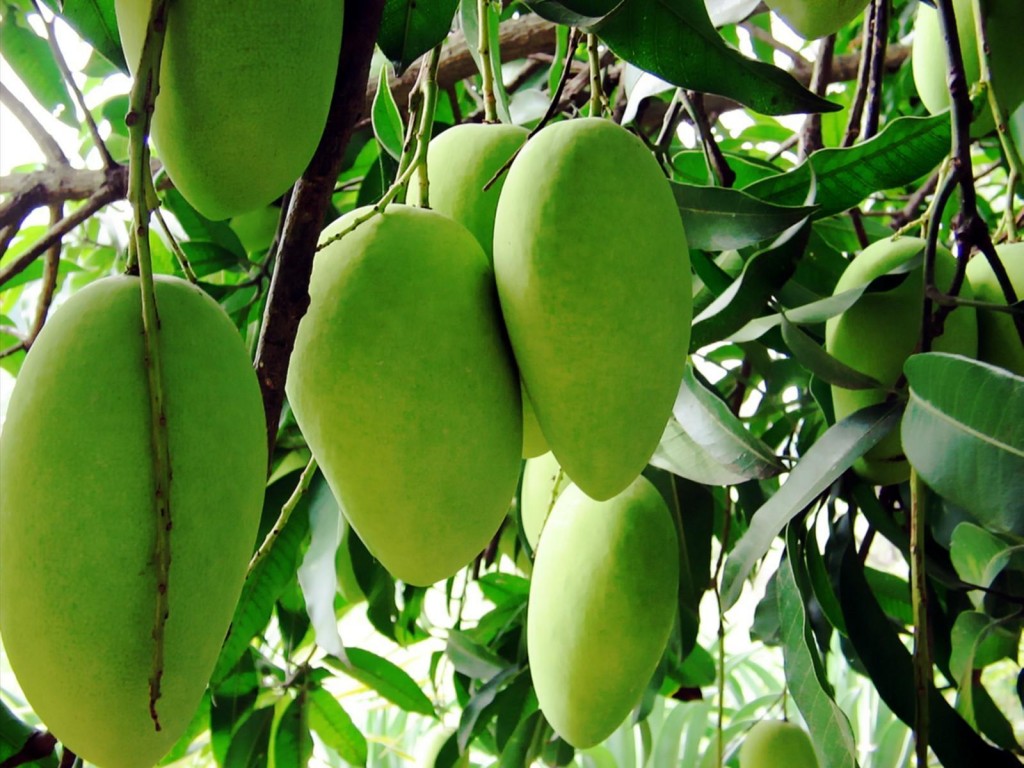
We are blessed with a land that can produce this much variety of mango fruits. So that we are always grateful to the Almighty. The only thing is we need to take good care of this land and we have to value its production.
Business
“Be Pakistani, Buy Pakistani” the spirit of Patriotism and Economic self-sufficiency.
Published
1 year agoon
May 14, 2024By
EDITOR
“Be Pakistani, Buy Pakistani” is a simple yet powerful slogan that promotes the idea of supporting locally made and produced products in Pakistan. It emphasizes the importance of choosing products that are manufactured within the country and encourages consumers to be conscious of their purchasing decisions. This slogan aligns with the principles of self-reliance, economic growth, and national development.
Promoting Local Industry
Supporting local products has a direct impact on the country’s economy. When people buy Pakistani products, it helps boost domestic industries, create jobs, and stimulate economic growth. This, in turn, strengthens the nation’s self-sufficiency and reduces its reliance on imported goods.
Quality and Diversity
Choosing local products doesn’t mean compromising on quality or variety. Pakistan boasts a wide range of industries that produce high-quality goods, from textiles and garments to electronics and food products. By buying Pakistani, consumers have access to a diverse range of quality products while contributing to their own country’s prosperity.
Sustainable Practices
Encouraging the “Be Pakistani, Buy Pakistani” mindset also supports sustainable and ethical business practices. Local industries are often subject to more stringent regulations and environmental standards, leading to cleaner and more sustainable manufacturing processes. By supporting local businesses, consumers indirectly promote eco-friendly and ethical production methods.
Cultural Preservation
Additionally, buying locally made products helps preserve and promote the country’s cultural heritage. Pakistan is known for its rich traditions and craftsmanship, which are reflected in various handcrafted goods and textiles. By choosing these items, consumers contribute to the preservation of cultural heritage and the livelihoods of artisans and craftsmen.
Community and National Unity
The “Be Pakistani, Buy Pakistani” slogan also fosters a sense of community and national unity. It encourages people to rally together in support of their nation’s industries and economy, reinforcing the idea that by working collectively, they can make a positive impact on their country’s future.
Conclusion
“Be Pakistani, Buy Pakistani” is a call to action that embodies the spirit of patriotism and economic self-sufficiency. It’s a reminder that every purchase we make can have a meaningful impact on our nation’s prosperity and development. By choosing Pakistani products, consumers can be active participants in building a stronger, more self-reliant Pakistan. This slogan serves as a testament to the power of individual choices in shaping a nation’s future.
Business
GB’s Dry Fruit – A potential source of revenue generation
Published
1 year agoon
May 14, 2024
Pakistan is bestowed with countless blessings of Nature right from its oceans, rivers, landscape, weathers, rich agricultural land and fruits much better in quality than other countries especially the dry fruit. But, lack of proper attention and marketing globally, this bounty of Nature could not get a deserving space in international markets resulting in loss of earning for the local people and precious foreign exchange for the country.
As Gilgit-Baltistan’s unique geography and climate provides the perfect conditions for growing an array of distinctive dry fruits like apricots, almonds, walnuts, cherries, Kilao and various types of berries, there is dire need to promote these distinct flavored and nutritionally rich products in world markets.
“We take great pride in our dry fruits, particularly apricots cherries and walnuts,” said Gul Baz a dry fruit farmer from Hunza. “These are not just a source of income; they are also a part of our culture and heritage. Dry fruit produced in Northern Areas is delicious and provide essential vitamins to human body.”
One of the standout features of Gilgit-Baltistan’s dry fruits is their exceptional nutritional value. They are packed with vitamins, minerals, and antioxidants, making them a healthy snack option. For example, apricots in this region are full of vitamin A and C content, while almonds and walnuts are a great source of protein and healthy fats.
“Dry fruits in Gilgit-Baltistan are nutritional powerhouses,” said Ayesha Ali, a nutritionist in Gilgit.
“These products are rich in vitamins essential for immune support, skin health, protein and healthy fats as well as weight management and health of human heart. People must include some quantity of dry fruits to their diet.”
While dry fruit production has been a traditional livelihood for the people of Gilgit-Baltistan, limited marketing exposure has hindered their economic potential. By establishing proper marketing channels, local communities can benefit from increased sales to improve their earning as well as collectively venture to alleviate poverty from the region.
Aleem Hussain a local marketing expert has recommended multifaceted approach to tap the potential of unique dry fruits of Gilgit Baltistan.
“First, we need investment in packaging and labeling to highlight our products and then establish strong partnerships with national and international distributors.”
Secondly, he said, “we should effectively participate in world food expos to market our products internationally and expand their market network. New tools like social media and e-marketing should be fully exploited to connect local farmers with a broader customer base, both nationally and internationally.”
Aleem Hussain said, many dry fruit producers in Gilgit-Baltistan follow sustainable farming practices, their dry fruit orchards are organic and use traditional irrigation methods in natural environment. “Highlighting these practices can also be helpful for fruitful marketing and attracting eco-conscious consumers.”
He said despite immense potential, Gilgit-Baltistan’s dry fruit industry faces challenges like limited infrastructure, lack of awareness and inadequate marketing strategies. “Addressing these challenges can be beneficial for both the country and the local people.”
To unlock the potential of Gilgit-Baltistan’s dry fruit industry, the government and non-governmental organizations (NGOs) can play a crucial role by providing financial support, technical assistance and marketing expertise to local farmers and cooperatives to establish a sustainable supply chain.
Proper marketing efforts to secure slots in international markets can pave for Gilgit-Baltistan’s unique dry fruits to become sought-after delicacies globally. Exporting to countries with a growing demand for healthy and exotic foods can also be a game-changer for the region’s economy.
Meanwhile, Fazul Rehman, Director Agriculture and Livestock Gilgit Baltistan has informed that the region produces over 3,000 metric tons dry apricots, 3,000 tons almonds and a staggering 100,000 tons walnuts annually.
“Notably, all fruits grown in GB are organic, with no pesticides used, contributing to their superior quality and nutritional value,” Fazul Rehman said. “The region’s farmers could potentially earn more than $20 million from export of dry fruits against the current earning of just an estimated Rs 50 million.”
He suggested to setting up cold storages, develop proper infrastructure to address issues like quality standards and certification and impart proper training to local farmers for maintaining international standards. “Since, dry fruit production in GB is seasonal therefore its production window may not align with global demand. This mismatch can lead to missed opportunities in international market.”
Like many other treasures under the earth, to say gold, cobalt, barite, dolomite and copper etc, the Gilgit-Baltistan’s presents treasure of unique dry fruits on the surface of earth. But, for the world nations, these are the hidden gems, waiting to be discovered.
Therefore, proper strategies, support and investment can make this region a potential global hub for high-quality dry fruits, benefiting producers and consumers alike. Moreover, being an agricultural country, when respective governments announce incentives for the small and big farmers and ensure subsidies and rebates to the exporters for exporting these cash crops, they should also keep the dry fruit producing potential of Northern Areas in their mind as cash crops and include it in national policies incentives to grow this sector for contribution in national prosperity.

The Chiltan Ibex: A Rare Treasure of Balochistan

MANGO HEALTH BENEFITS NUTRITION








